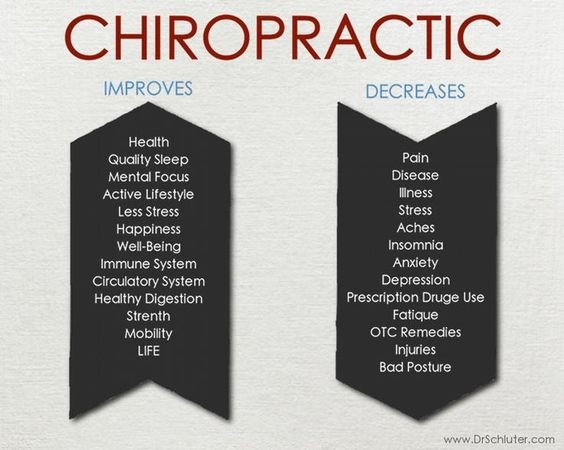Simply Exactly How Does Cold Laser Therapy Harness Light To Revolutionize Healing, And What Groundbreaking Possibilities Lie Ahead For Discomfort Administration?
Simply Exactly How Does Cold Laser Therapy Harness Light To Revolutionize Healing, And What Groundbreaking Possibilities Lie Ahead For Discomfort Administration?
Blog Article
Material Produce By-Ditlevsen Slattery
When thinking about alternate treatments, cold laser treatment stands apart because of its special method to recovery. By making use of details wavelengths of light, it targets cellular features and advertises recovery in a non-invasive fashion. This approach not just improves ATP production yet likewise help in minimizing inflammation and discomfort. As chronic knee pain remains to unfold, the effects for rehab and pain management could be substantial. What does this mean for future treatment alternatives?
The Devices of Cold Laser Therapy
Cold laser treatment, additionally known as low-level laser therapy (LLLT), works by stimulating mobile feature through the application of details wavelengths of light.
When the laser light penetrates your skin, it interacts with the mitochondria in your cells, boosting ATP production. This increase in ATP energizes your cells, advertising recovery and regeneration.
The light also influences cell membranes, enhancing their permeability and facilitating nutrient absorption while getting rid of toxins. Furthermore, cold laser treatment activates the launch of endorphins and lowers inflammation, helping your body respond better to injury.
https://spencerzjsaj.blog-ezine.com/34485960/check-out-the-cutting-edge-effect-of-cold-laser-therapy-on-discomfort-alleviation-and-recovery-and-discover-the-unforeseen-benefits-it-can-provide boosted blood circulation as the treatment stimulates capillary development, guaranteeing that oxygen and nutrients get to broken tissues a lot more effectively.
Comprehending these systems can help you value its potential in advertising recovery.
Possible Advantages of Cold Laser Therapy
When considering options for pain relief and recovery, you could locate cold laser treatment to be an appealing choice. This non-invasive strategy can help in reducing inflammation, alleviate pain, and advertise tissue fixing.
Lots of people report quicker recovery times from injuries and surgeries after going through cold laser treatment. It's particularly valuable for conditions like arthritis, tendonitis, and muscle stress.
You may likewise appreciate that it has very little side effects compared to pharmaceuticals. Furthermore, cold laser therapy can improve flow, which helps in providing nutrients and oxygen to harmed locations.
Current Research Study and Professional Applications
As rate of interest in cold laser treatment grows, scientists are discovering its different applications and effectiveness in scientific settings. You'll locate research studies investigating its duty in pain monitoring, wound recovery, and decreasing swelling.
In physical therapy, experts use cold laser therapy to improve healing in sports injuries, while dental experts are discovering it helpful for dealing with dental pain and periodontal problems. Recurring trials are analyzing its potential in treating conditions like joint inflammation and neuropathy.
These research studies intend to establish standardized protocols and dosages, making sure security and effectiveness. As even more proof emerges, you might see cold laser therapy becoming a staple in both rehab and discomfort administration, offering patients a non-invasive option that complements typical therapies.
Conclusion
In conclusion, cold laser treatment offers an appealing method to recovery by using certain wavelengths of light to enhance mobile functions and advertise healing. With advantages like boosted blood circulation, decreased swelling, and discomfort relief, it's ending up being a valuable option for various problems. As research remains to develop standard protocols, you can anticipate better approval of this non-invasive therapy in rehabilitation techniques and pain monitoring techniques, making it a potential game-changer for many people.
